Panasonic MZ2000 vs LZ2000: how do these 4K OLED TVs compare?
Panasonic's latest 4K OLED borrows a lot from its predecessor
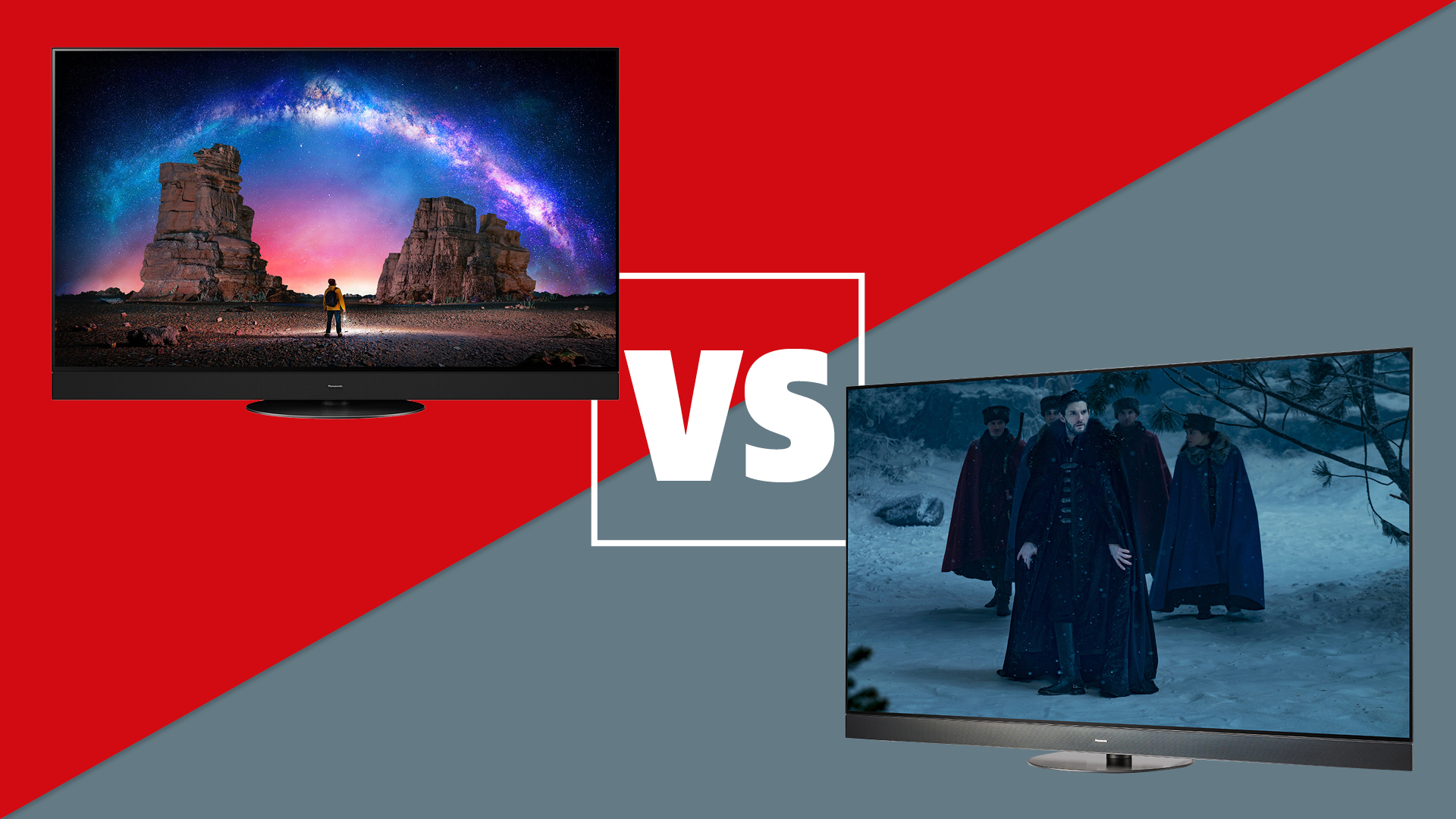
It feels like only last week that we reviewed Panasonic's LZ2000 flagship 2022 OLED TV, and that's probably because it was. However, CES 2023 saw Panasonic unveil its 2023 flagship OLED - the MZ2000, which will serve as the company's 2023 top-of-the-line OLED and replace the LZ2000.
While the MZ2000 is yet to be unleashed on the mainstream market, we did manage to spend some quality time with the new OLED TV at its CES unveiling, meaning we can begin to compare it to its predecessor. We also have the LZ2000 fresh in our minds after our recent review, in which we awarded it five stars for its outstanding picture and sound performance - so can Panasonic up its game once again?
While some aspects here are subject to change, and we will be updating this page as new information comes out, you can use this as an early comparison between the two models.
Panasonic MZ2000 vs LZ2000: price
Panasonic is yet to reveal exactly how much the MZ2000 will cost, so it's tough to compare pricing between the upcoming and current models. We can begin to get an idea as to how much the MZ2000 might cost by looking at the price of the LZ2000, however, it's worth considering how the current pricing trends in the industry, as well as inflation in general, could result in a price increase this year.
The LZ2000 starts at £2,230 (around $2710 / AU$3920) for the 55-inch model, the 65-inch model costs £2899 (around $3525 / AU$5090), and the 77-inch comes in at £4300 (around $5230 / AU$7550).
Panasonic MZ2000 vs LZ2000: build
Looking at the MZ2000's design, we get a serious case of Déjà vu, as it looks almost identical to last year's model. We described the LZ2000's design as "function over form", as its sensible design incorporates such as the ability to swivel the TV on its stand. It won't win any beauty contests, especially up against the LG G3 and C3 which also made their CES 2023 debuts - but it could be said that the design is merely a vessel for the viewing experience.
The MZ2000 includes the same chunky bottom bezel that houses part of the TV's speaker system, with thin black bezels surrounding the other three sides of the screen. Other TV manufacturers like LG and Sony have opted for hidden speakers and floating designs via wall mounting or rear-facing stands, but not Panasonic, which is keeping it traditional with a centre-mounted pedestal and a circular base that suspends the TV at a comfortable viewing angle.
The same remote also looks to be featured across both models; it's tall, slender and silver with plenty of shortcuts to streaming apps like Netflix, Disney Plus and Amazon Prime Video. It also includes a microphone for voice commands, meaning you can quickly switch to different apps, channels and inputs.
If these two TVs were to be placed side by side with no indication as to which is which, then we would be hard-pressed to distinguish the newer generation from the current one. However, the picture and sound are the important thing here so how do the two models compare in those departments?
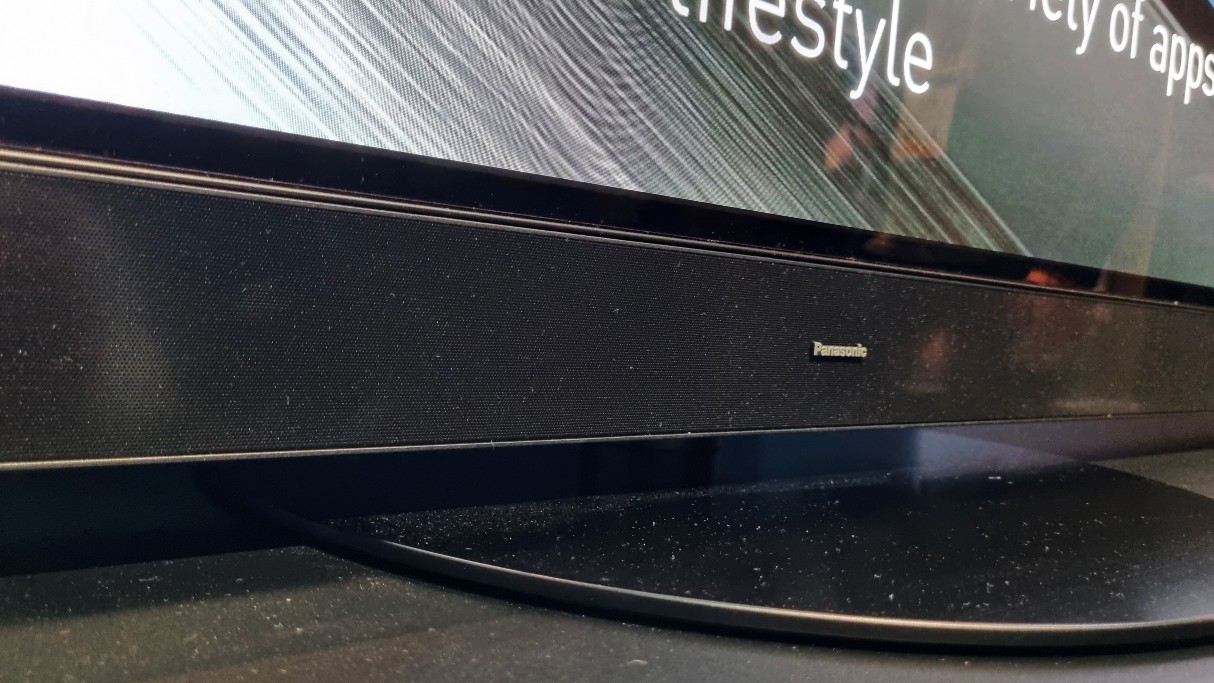
Panasonic MZ2000 vs LZ2000: picture
The biggest difference between the MZ2000 and the LZ2000 is screen technology with a key factor differentiating the two OLED panels. The MZ2000 includes Micro Lens Array technology, the same found on the LG G3 which also debuted at CES. Also known as MLA for short, this new tech involves adding a layer of microscopic lenses to focus light towards the user, resulting in enhanced brightness. This means you get a brighter picture without over-exerting the OLED display, lowering the risk of burn-in.
LG claims that its upcoming OLED G3 will be 25%-50% brighter than its predecessor, so could we see the same on the latest Panasonic set? It's very possible, as Panasonic appears to be using the same panels from LG Display. In a test conducted by Panasonic between the two models, it measured the LZ2000's peak brightness to be 1000 nits, and the MZ2000's peak brightness came in at 1456 nits - an impressive jump in brightness performance to say the least.
However one of our concerns found in our LG OLED G3 vs G2 comparison echoes here too, and that has to do with colour saturation. QD-OLEDs use a Quantum Dot filter to ensure saturation is retained even at higher brightness levels; MLA bypasses this to instead boost white light performance, meaning that colour volume integrity could be sacrificed. We hope this isn't the case, however, it's something we will look out for in our full review.
Naturally, with this boost in brightness, we can expect HDR to look better than last year, with Panasonic claiming that it has created its best HDR picture yet. The MZ2000 includes HDR support in three formats: HDR10+, Dolby Vision IQ and HLG. Panasonic also highlights its ongoing partnership with Hollywood colourist Stefan Sonnenfeld when it comes to its super accurate Filmmaker picture mode: intended to reproduce the picture in an "as the director intended" fashion. It's available on the LZ2000, and will be included on the MZ2000 too although this time with an upgraded ambient colour temperature sensor so that it can better detect the lighting conditions of the environment it is in and adjust colour and contrast accordingly.
All of these additions look to build on an already excellent picture, as we deemed the LZ2000's image to be "beautifully balanced" and "authentic", so we anticipate getting the MZ2000 in for testing to see if it can improve on its five-star predecessor.
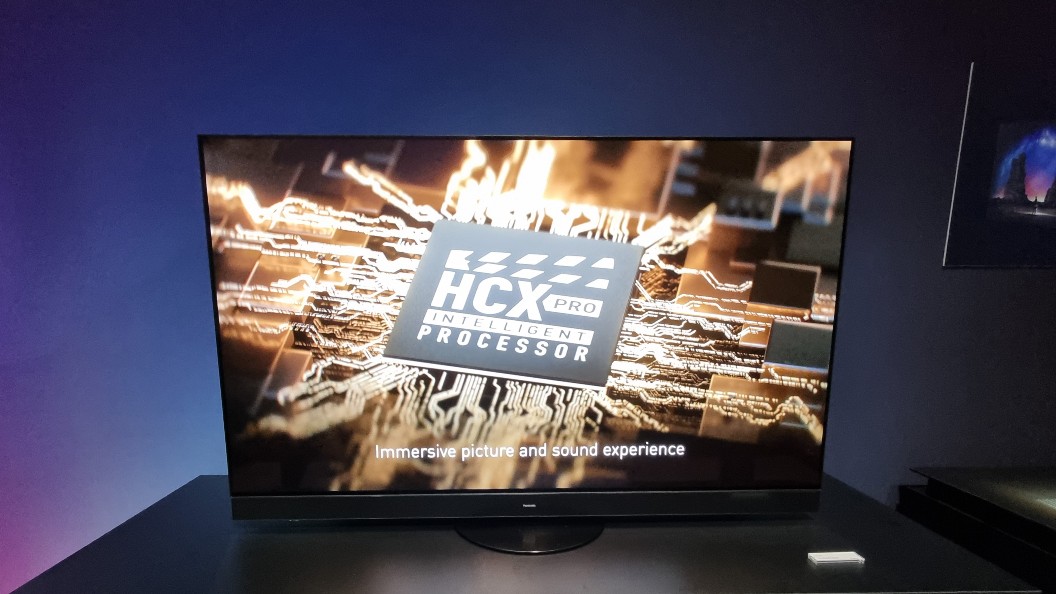
Panasonic MZ2000 vs LZ2000: sound
The LZ2000 really impressed us with its spacious and room-filling sound. It provided the most spacious soundstage that we've ever experienced from a TV, and it goes louder than many of its rivals. Combined with excellent dynamics, we instantly fell in love with the audio performance on the LZ2000, stating that it creates a "cinematic experience that the vast majority of TVs can only dream of."
So how could Panasonic possibly improve on this? Well by the looks of it, the MZ2000's speaker bar is once again a Technics-tuned, Dolby Atmos-equipped beast, with multiple built-in upward-firing, side-firing and front-firing speakers. The speaker arrangement that sits in the aforementioned chunky bottom bar on the TV has been revised to create an even wider soundstage, and the TV includes three modes that change where the sound output is directed. This includes Pinpoint Mode, which directs sound to one specific point, Area Mode, which spreads it across a certain area or group, and Sport Mode, which boosts volume to one particular spot. This is all topped off with a bass-boosting algorithm upgrade that adds a greater sense of depth and punch when needed.
While this all sounds top-notch, and we're highly anticipating listening to this TV, we do hope that the distortion issue found on the LZ2000's subwoofer is resolved on this new mode; meaning the LZ2000 is instantly a no-go if buzzing bass is an immediate disqualifying factor for you.
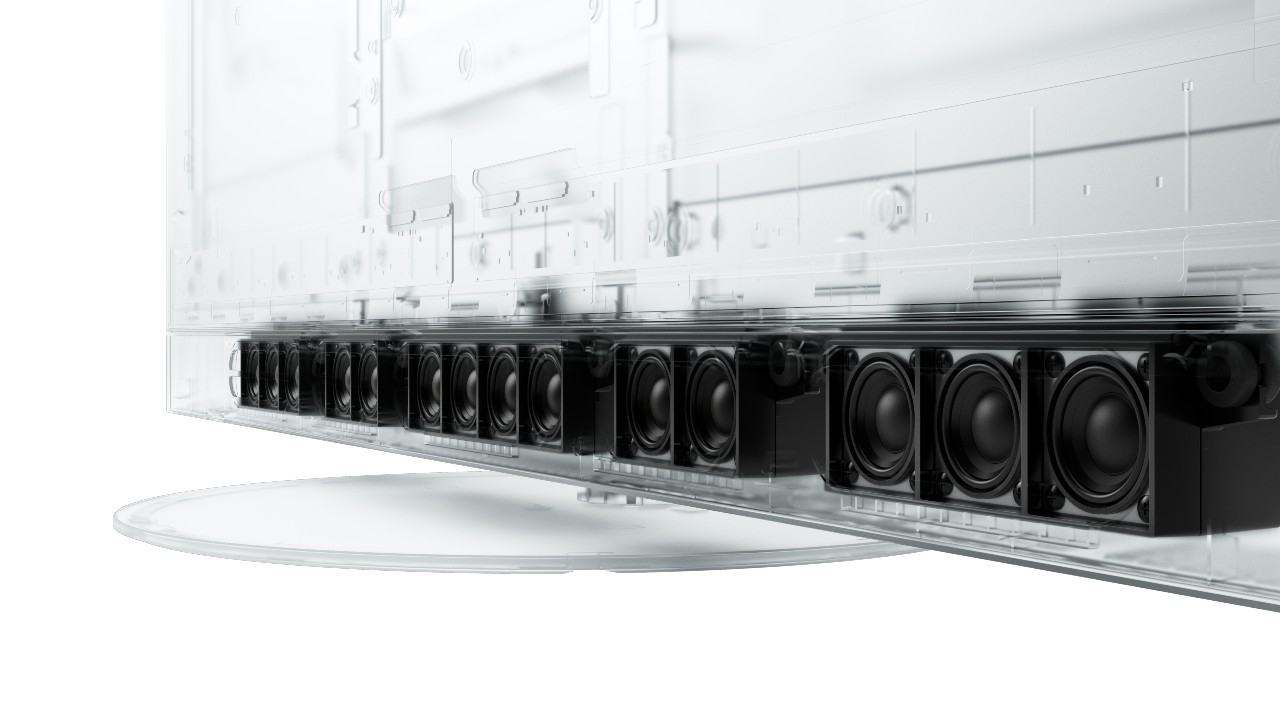
Panasonic MZ2000 vs LZ2000: gaming
The MZ2000 features a 4K/120Hz panel, much like its predecessor, making this TV an ideal choice for gamers. It also includes ALLM and VRR, as well as more accurate HDR tone-mapping for gaming, meaning your PS5 and Xbox Series X games could look even better when compared to last year's model.
The one place where the MZ2000 lags behind other TVs at this price point is with its HDMI connections. Once again, much like its predecessor, it only includes two HDMI 2.1 ports - we would have much preferred to see HDMI 2.1 standardised across all connections like the LG G3 and C3. However if you're a gamer looking to compare these two sets, then the MZ2000 is looking like the better of the two, with subtle but meaningful picture upgrades, as well as dedicated audio modes for gaming too.
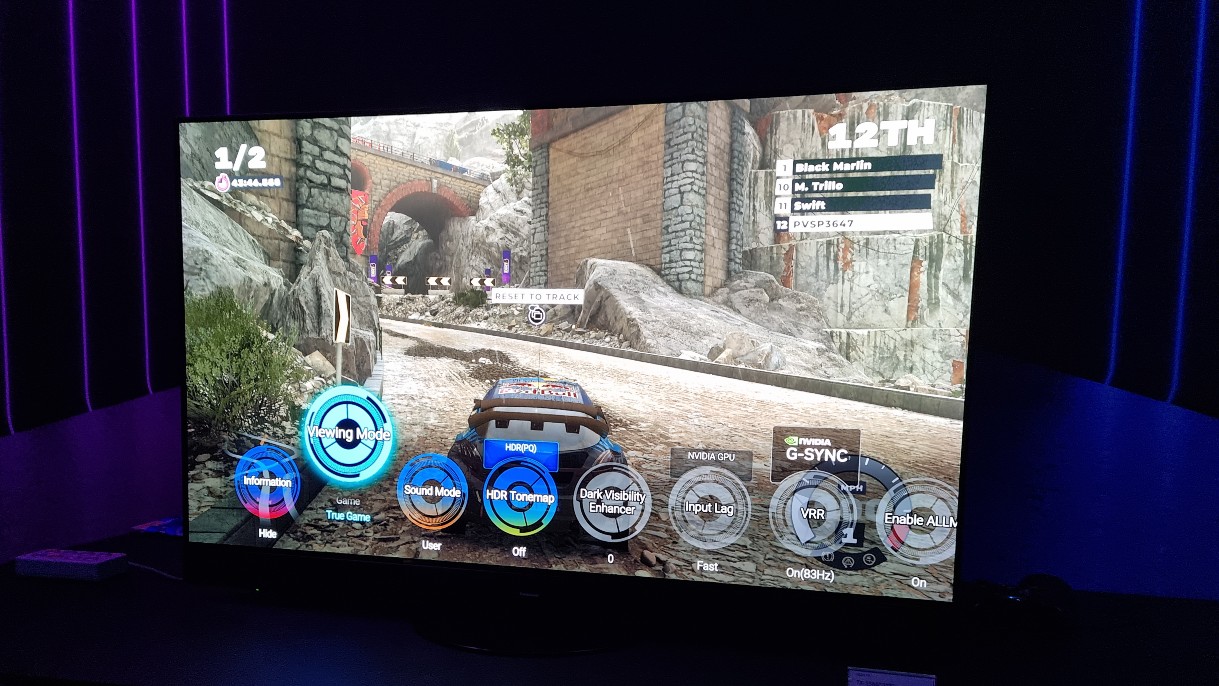
Panasonic MZ2000 vs LZ2000: early verdict
Panasonic's 2022 and 2023 flagship 4K OLEDs look to share a lot of similarities, so much so that we would call this an annual spec bump if it wasn't for the massively improved claimed brightness. Sound also looks to be receiving a modest boost, while the design and gaming chops of these TVs are eerily similar.
Its a little too early to say which one you should go for quite yet, however with the 55-inch LZ2000 now available for under £2000 on Panasonic's online store, you might be able to snap up a good deal on a five-star TV right now - a tempting offer if the brighter 2023 model doesn't compel you to wait and inevitably spend more.
MORE:
Read our full Panasonic LZ2000 review
And our early hands-on review of the Panasonic MZ2000
Panasonic's 2023 TV lineup: everything you need to know
Stars of CES 2023: the 10 best TV and audio products from CES
Best TVs: brilliant budget to premium 4K Ultra HD
Get the What Hi-Fi? Newsletter
The latest hi-fi, home cinema and tech news, reviews, buying advice and deals, direct to your inbox.
Lewis Empson is a Senior Staff Writer on What Hi-Fi?. He was previously Gaming and Digital editor for Cardiff University's 'Quench Magazine', Lewis graduated in 2021 and has since worked on a selection of lifestyle magazines and regional newspapers. Outside of work, he enjoys gaming, gigs and regular cinema trips.
-
Jimmy Chou Brightness for OLEDs is the new mega pixels for phones. Totally meaningless once you reach a suitable level of or around 1000 nits. Just how bright must your room be to need more than what the LZ2000 delivers. Plus that brightness doesn't come for free, particularly with electricity costs being what they are.Reply
